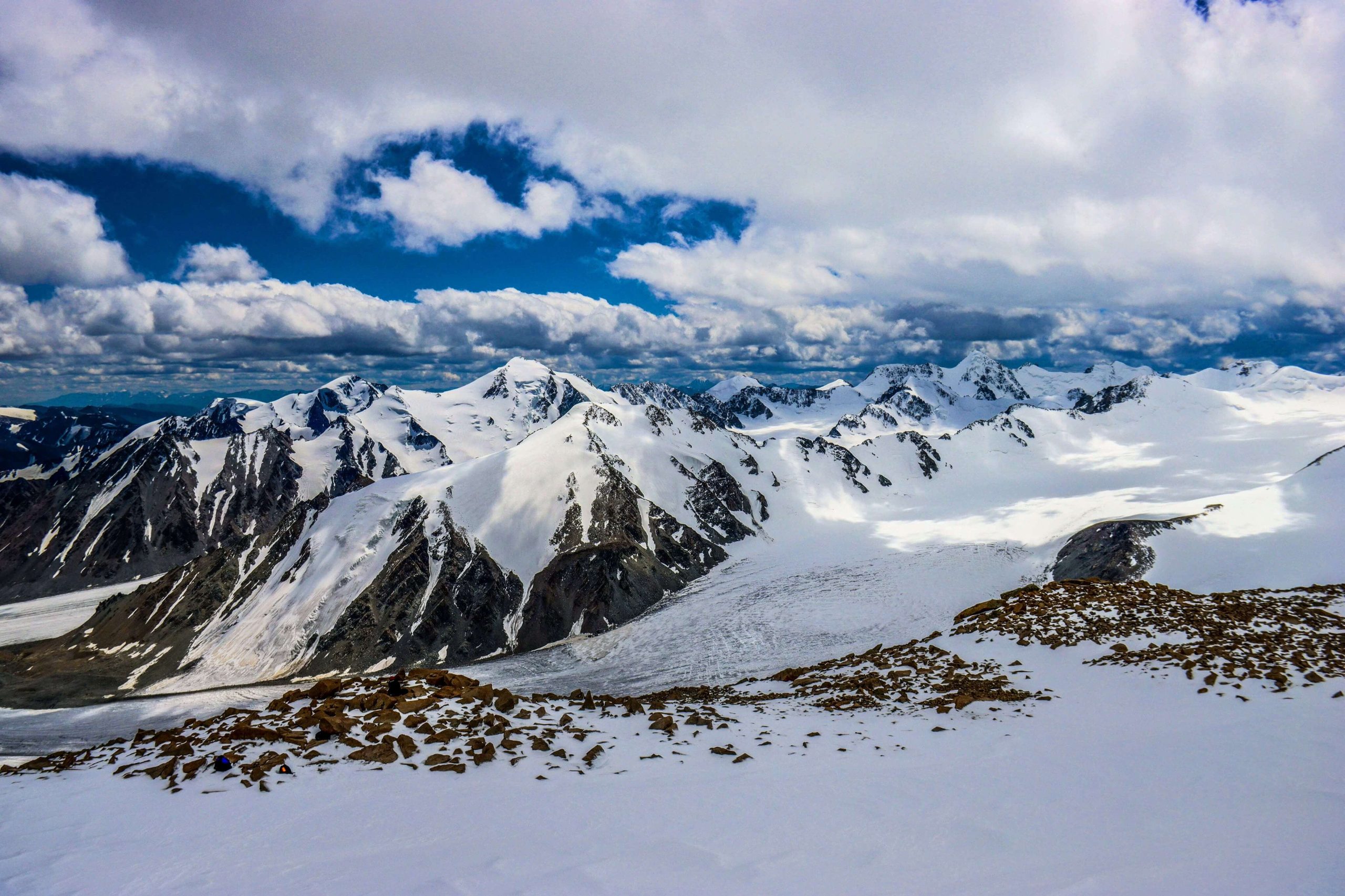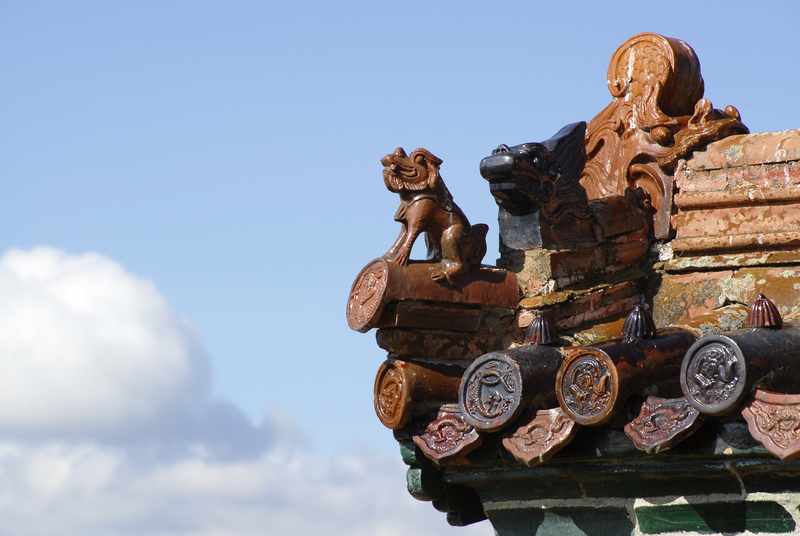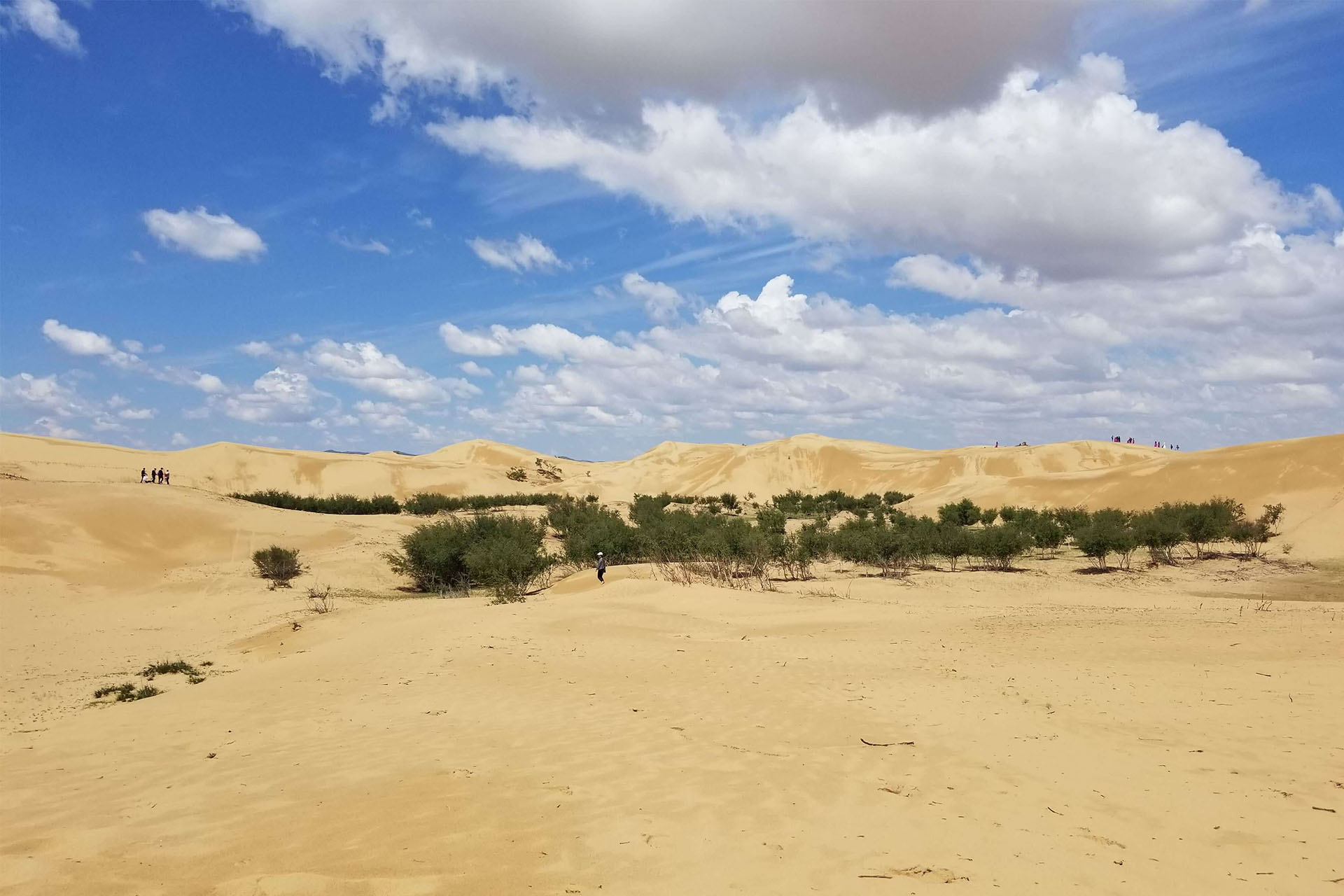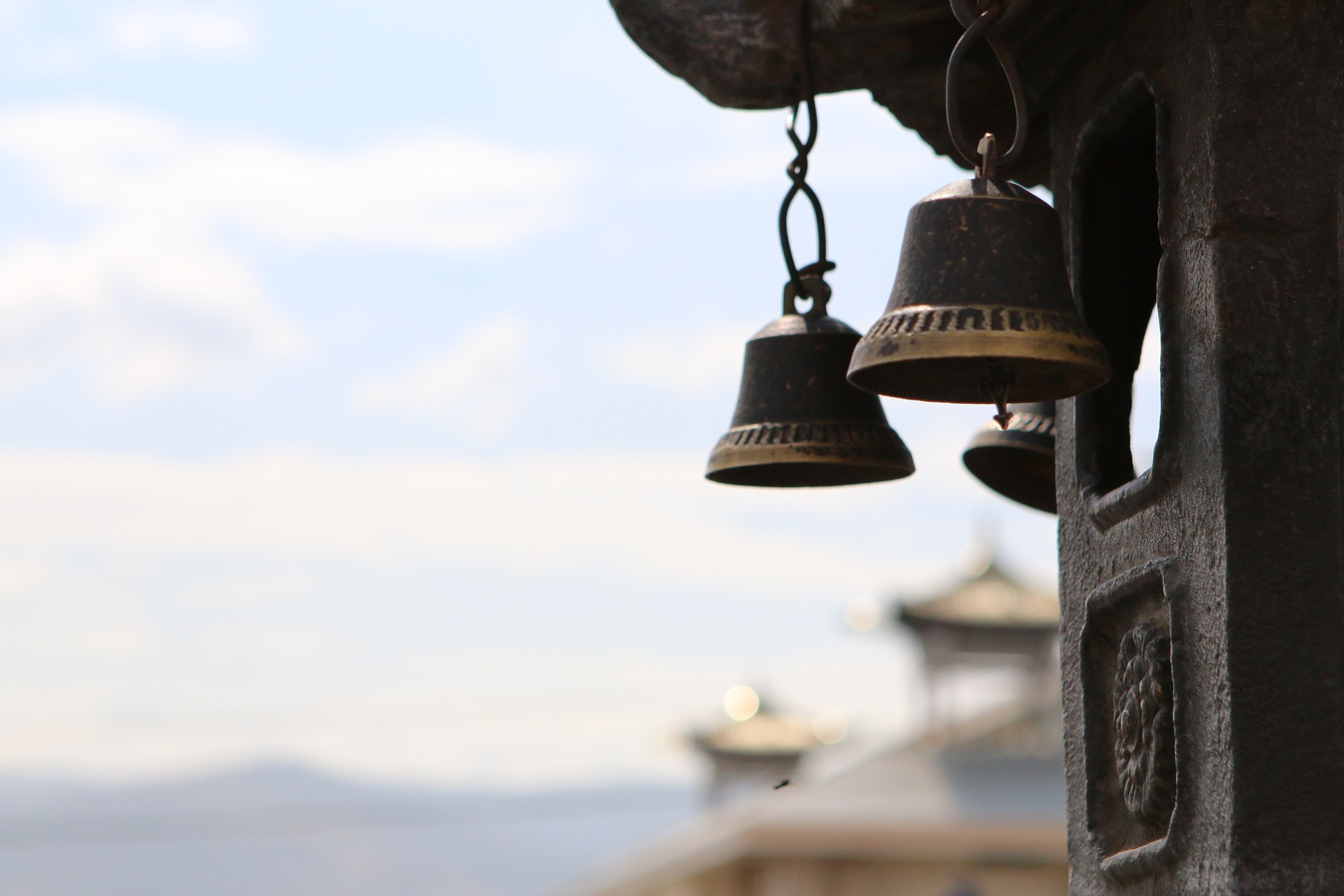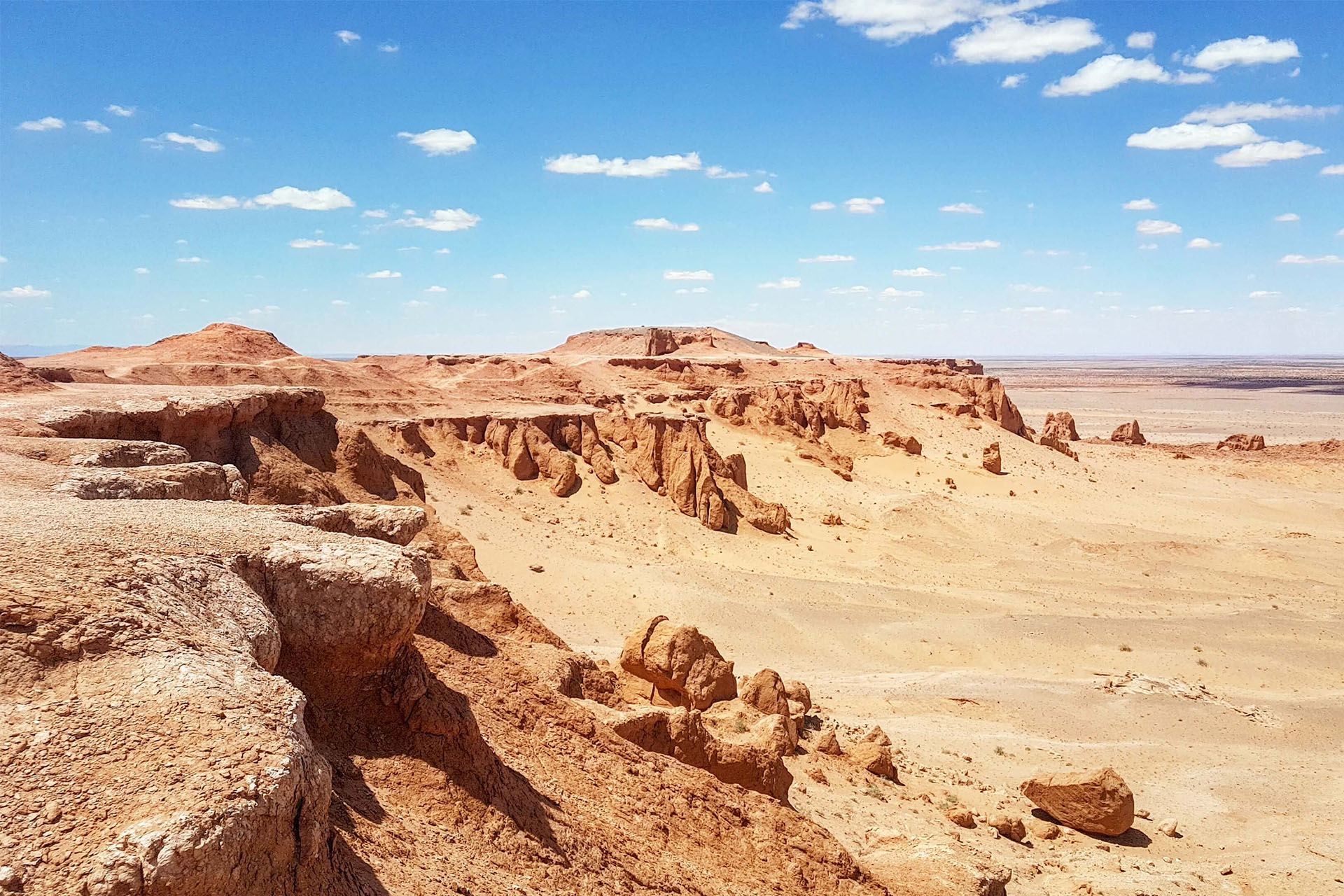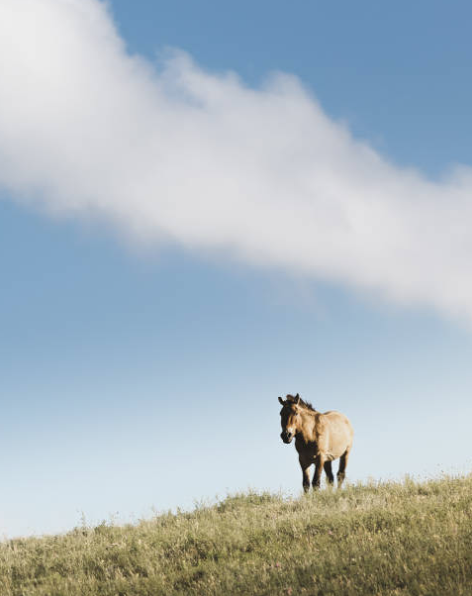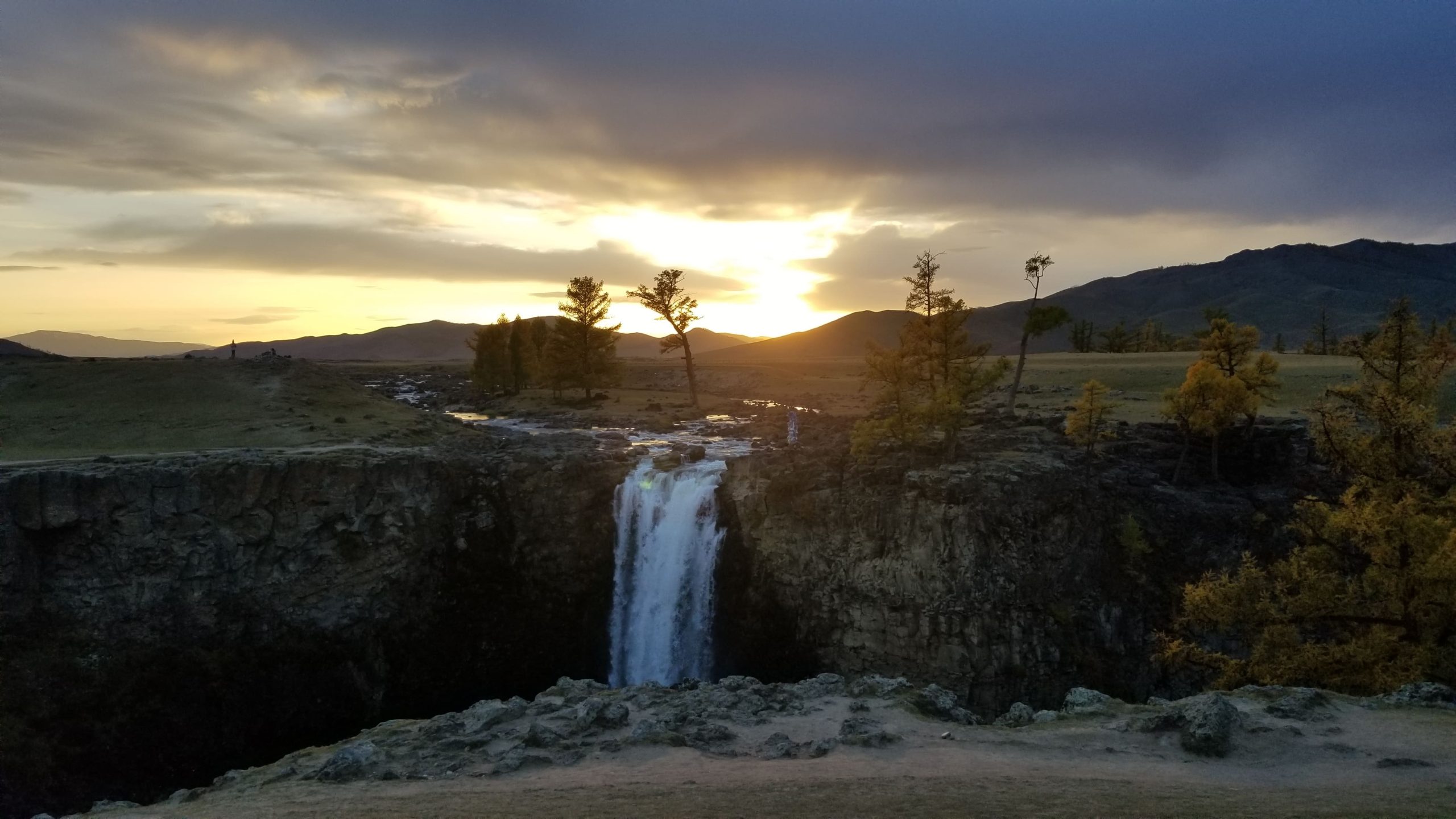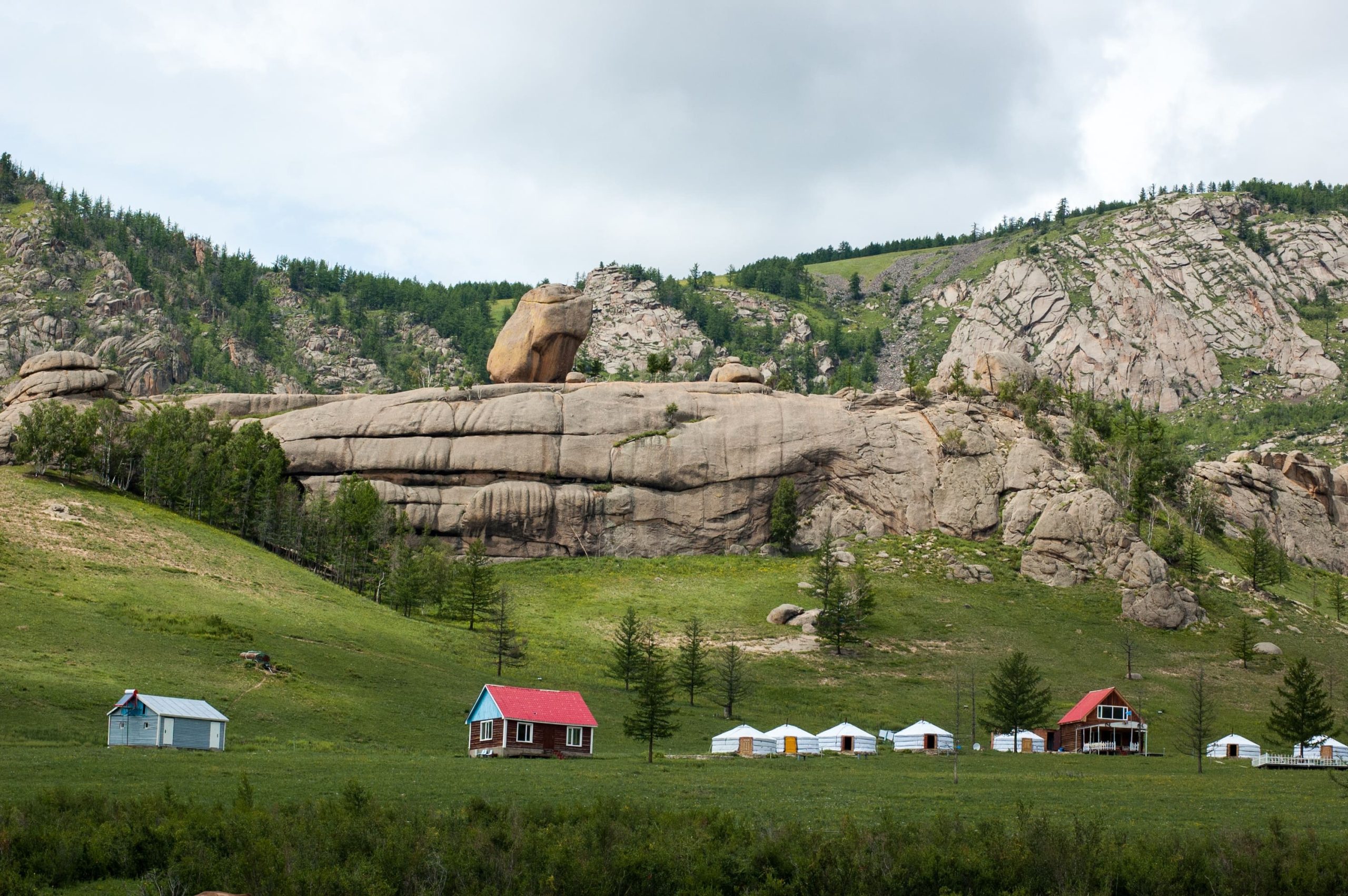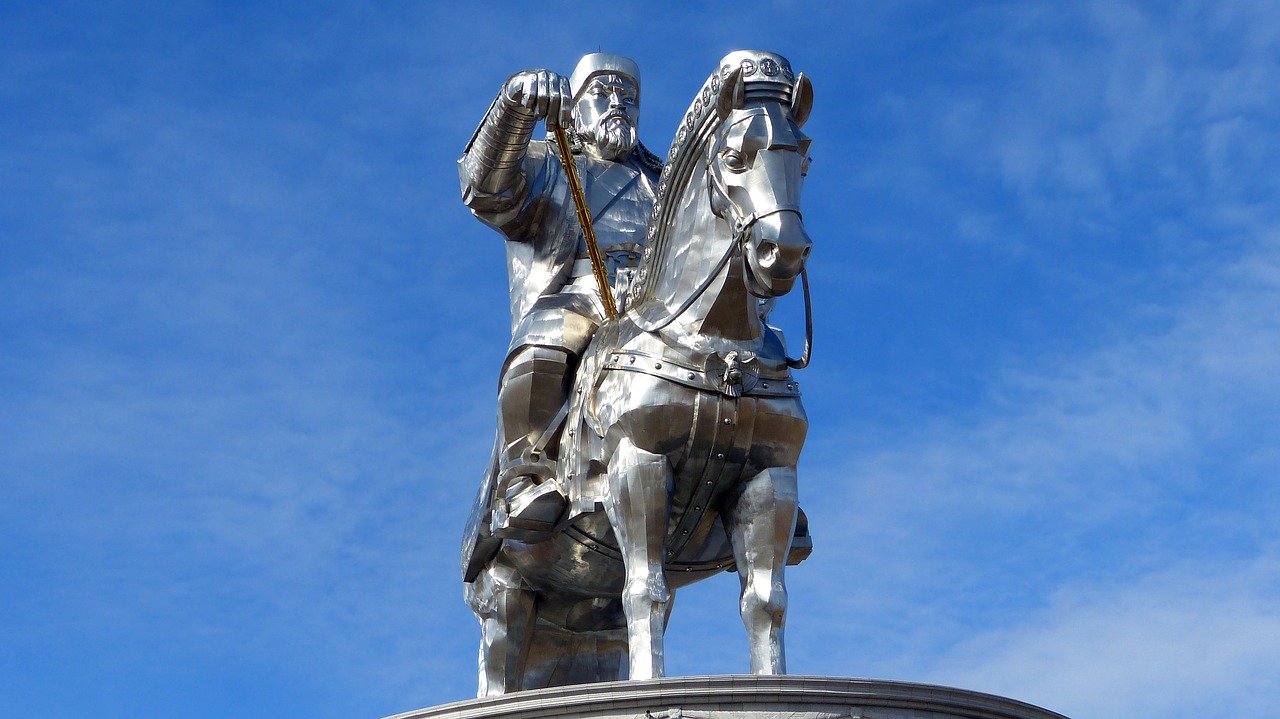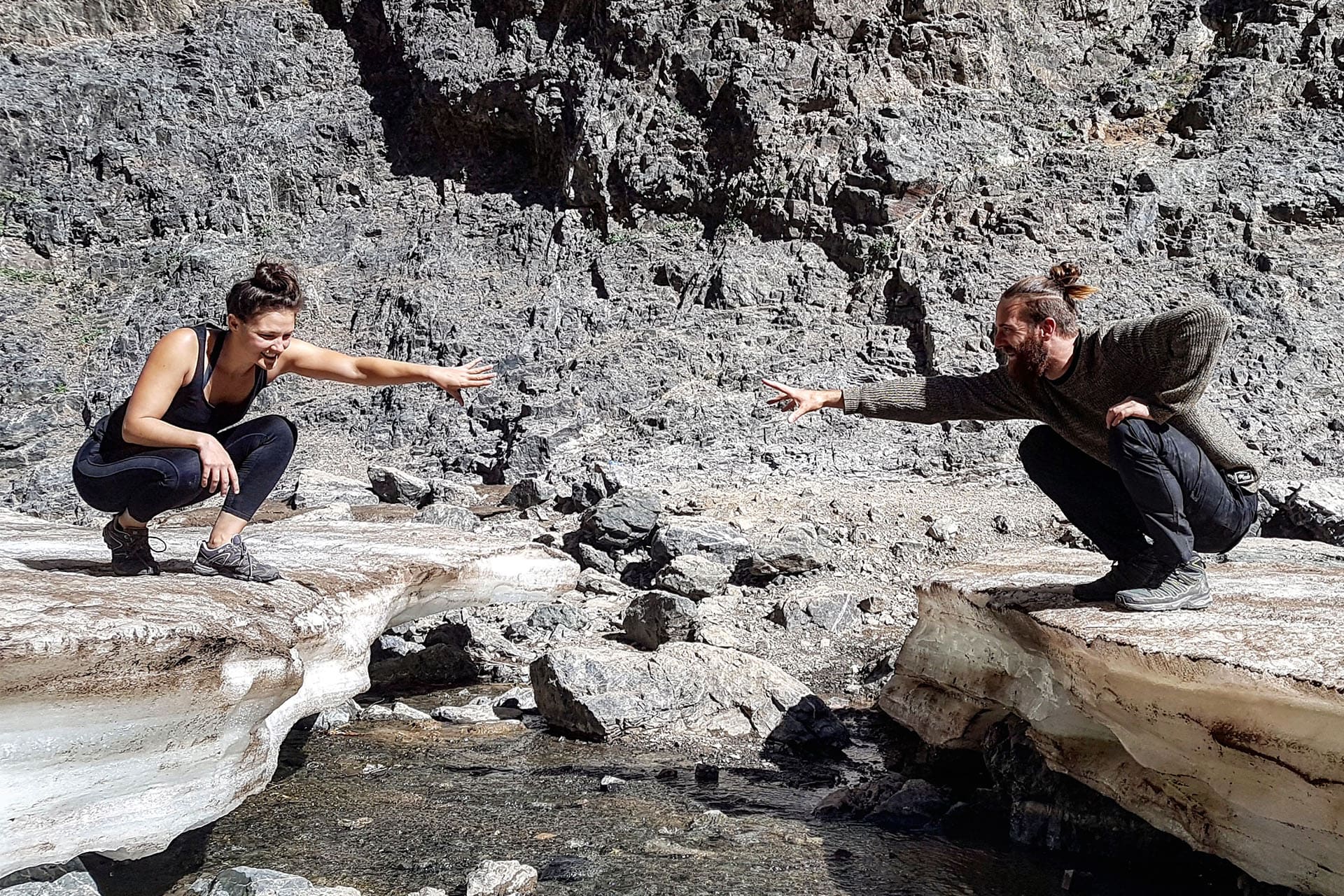Mongolia, with its diverse terrain ranging from vast steppes to towering mountains, is a destination that captures the heart of every traveler. However, one important aspect to consider when traveling to high-altitude areas in Mongolia is the risk of altitude sickness.
We delve into the facts and statistics surrounding altitude sickness in Mongolia, offering essential tips for prevention and treatment to ensure a safe and enjoyable trip.

What is Altitude Sickness and How Common is it in Mongolia?
Altitude sickness, also known as acute mountain sickness (AMS), occurs due to the lack of oxygen at high elevations. Symptoms include headache, nausea, dizziness, and shortness of breath. According to the World Health Organization, altitude sickness can affect anyone traveling above 2,500 meters (8,200 feet), a height surpassed by several regions in Mongolia.
Mongolia’s landscape includes the Altai, Khangai, and Khentii mountain ranges, with peaks like Khüiten Peak in the Altai Mountains reaching up to 4,374 meters (14,350 feet). Studies suggest that the risk of experiencing altitude sickness significantly increases at elevations above 3,000 meters (9,840 feet), a level common in these mountainous regions.
Who is at Risk and What are the Symptoms?
Altitude sickness does not discriminate by age, gender, or physical fitness. However, people with pre-existing health conditions, especially heart and lung diseases, are at a higher risk. The onset of symptoms typically occurs within 6 to 24 hours after ascent and can range from mild to severe. Key symptoms to watch for include:
- Persistent headache
- Nausea and vomiting
- Fatigue and weakness
- Dizziness and lightheadedness
- Shortness of breath and rapid pulse
Prevention and Treatment Strategies
Prevention is the best approach when dealing with altitude sickness. Here are some tips:
- Gradual Ascent: Ascend slowly to give your body time to acclimatize. The Centers for Disease Control and Prevention (CDC) recommends not sleeping more than 300-500 meters higher than the altitude at which you slept the previous night.
- Stay Hydrated: Drink plenty of water to avoid dehydration, which can exacerbate symptoms.
- Avoid Alcohol and Smoking: Both can increase the likelihood of dehydration and worsen symptoms.
- Eat Carbohydrate-Rich Foods: These foods can help your body adjust to the altitude.
- Consider Medication: In some cases, medications like Acetazolamide can be used for prevention and treatment, but always consult a doctor before use.
When to Seek Medical Attention
If symptoms of altitude sickness persist or worsen, it is crucial to seek medical attention immediately. Descending to a lower altitude should be the first step in severe cases. Remember, altitude sickness can progress to more serious conditions like High Altitude Pulmonary Edema (HAPE) or High Altitude Cerebral Edema (HACE), both of which require immediate medical intervention.
While Mongolia’s high-altitude destinations offer breathtaking scenery and unique cultural experiences, understanding the risks and prevention of altitude sickness is vital. By taking appropriate precautions and listening to your body, you can safely enjoy the wonders of Mongolia’s high-altitude landscapes.
